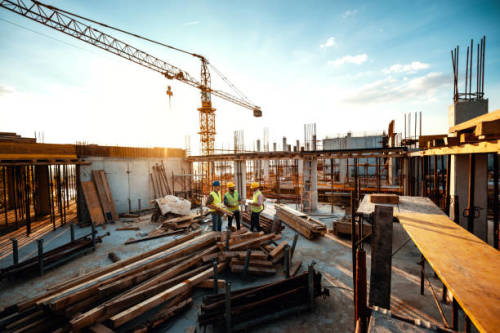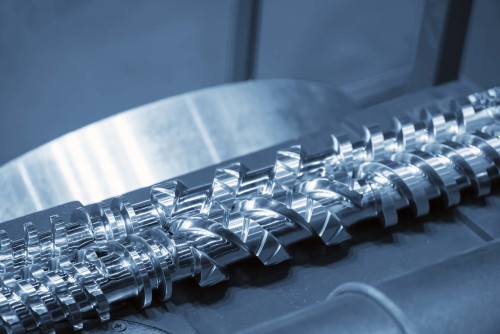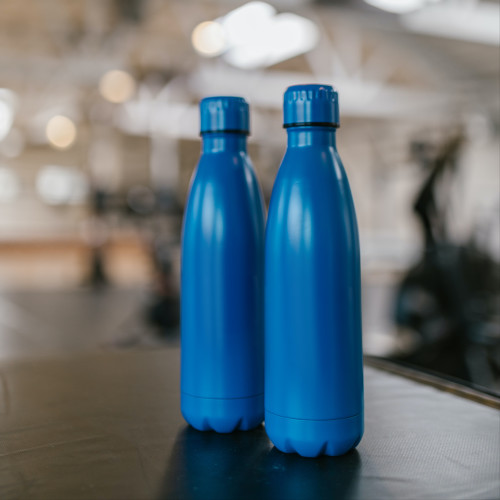Extrusion Pipe
In the pipe extrusion process, polymer granules are melted via a screw rotating within a heated barrel. The external heat combined with frictional (shear) heat of the the granules rubbing against each other melts the polymer as it is driven towards the exit of the barrel. The molten polymer is then forced along heated pipes until it reaches a steel die where the pipe shape is formed. A continuous tube/pipe of polymer is extruded into a long cooling bath (or series of cooling baths) according to the dimensions of the die to create the inner and outer diameters of the pipe. This pipe is then cooled with water initially under vaccum to fix the pipe outer diameter and also sometime with a floating inner cooled "torpedo" to fix the internal diameter. Further along the cooling stage water is sprayed onto the outer surface of the pipe to cool the pipe further. At the end of the line, the pipe can either be wound into coils where the poymer is flexible enough to do so (e.g. PVC) or cut into lengths for transportation to the final application site. Smaller diameter extrusions are referred to as tubing and larger diameter as pipes. Pipes can be made for transportation of fluids and gases under pressure over long distances as well as for non-pressure waste-water and effluent transport. A variant on pipe extrusion is a twin-walled pipe where the inner bore is relatively smooth but the outer bore has concentric rings formed by vacuum - these outer rings give a degree of crush resistance where the pipes may be laid under roadways or other sites where heavy loads above may deform a standard smooth walled pipe. Twin-walled pipes are often used as conduits for data/signal cable as well as for power cables. Colour coding of pipe often gives indication of what is carried within the pipe - blue for water, yellow for gas, purple for data etc...



















